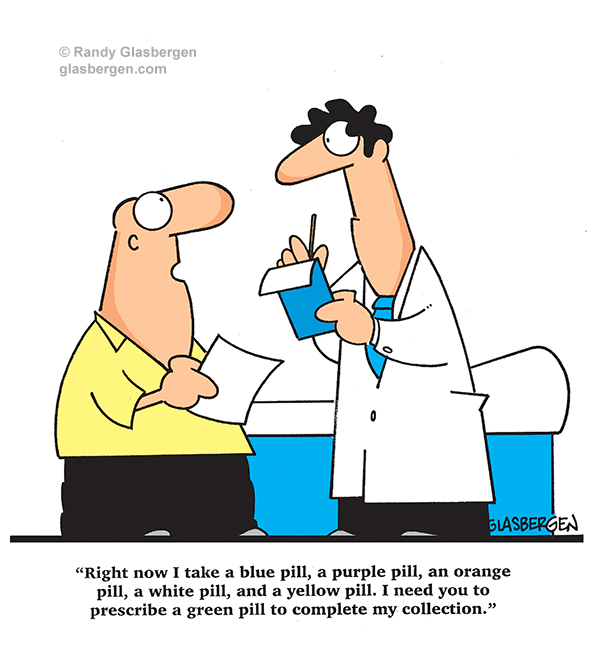When remembering the past, and the way things used to be, one date has particular significance … 15th September. On that day in 2002 a man who had a huge influence in my life passed gently to another life. Extremely talented, always cheerful and willing to help his customers, well liked and highly respected Pharmacist Alf Dlugaj had managed a pharmacy in Ayr, and I had the great good fortune to have been his first, and only, apprentice.
We learn many things in life, from a range of different people and random events, and the course of our life is often changed in a manner completely unexpected, which was demonstrated in spectacular fashion by the way in which the life of our dearly loved Queen Elizabeth moved in new directions from carefree childhood to assuming the onerous duties which she willingly accepted and discharged so well as promised, all her life, whether it be long or short.
It is always interesting to remember how things used to be, but much more hazardous to attempt to anticipate the future.
There’s been some talk recently about events sixty or so years ago, concerning the disastrous result of the release on to the market of a medication designed as a solution for sleeping difficulty. I remember it well, being in my twenties and having, just prior to this, qualified in pharmacy and opened a small pharmacy in a country town, Ayr, in the Burdekin district in North Queensland where I was born in 1932.

The product was Thalidomide, marketed as Distaval, and available on doctor’s prescription. When first released, thalidomide was promoted for anxiety, trouble sleeping, "tension", and morning sickness, and appeared to be an effective and safe addition to the list of available medications currently in use. While it was initially thought to be safe in pregnancy, concerns regarding birth defects arose until in 1961 the medication was removed from the market in Europe. The total number of infants affected by use during pregnancy is estimated at 10,000, of which about 40% died around the time of birth.
Its initial entry into the US market was prevented by Frances Kelsey, a reviewer at the FDA. The birth defects caused by thalidomide led to the development of greater drug regulation and monitoring in many countries.
It is interesting to note that it was approved for use as a treatment for cancer in the United States in 1998, and that it is on the World Health Organization's List of Essential Medicines.
To back track a little …..After a three year apprenticeship in pharmacy at the Friendly Societies Dispensary in Ayr from 1951 to 1953, I studied in Final Year in 1954 at the Central Technical College ( now QUT) in Brisbane. Being successful in the end of year exams I was ready to face the world of business and in 1958 was invited by Graham Coutts to open a pharmacy in their business which had been established in 1886, as they were about to expand and reorganise the premises. Back then there were no restrictions, as there are today, in position where pharmacies could be located, so the project went ahead and on Tuesday 1st July 1958 Joan and I, having been married in January the previous year, somewhat nervously entered the world of competitive retail business.

This being in the days prior to the introduction of computers in pharmacies the daily activities were quite routine … open and deal with cartons of stock left by the carrier, commence to dispense prescriptions as customers brought them in, and assist the two staff members, Joan and Betty (who had previously worked for a local doctor so was no stranger to pharmacy work). The big difference was in the dispensing procedure, as prescriptions were handwritten, so the first challenge was to decipher what often could only be described as an adjectival scrawl. Having spent the apprenticeship years mastering this art I was fortunately ahead of the game being familiar with the individual idiosyncracies of the local doctors … out of town scripts though were another matter, and could be solved by visiting one of the other pharmacies when our combined efforts would generally crack the nut.

A question often asked was ‘’how on earth do you read those prescriptions?’’ to which the answer was of course ‘’ generally with great difficulty’’. The question was usually asked because many people assumed that the scripts were written in Latin and so would be beyond their power to make sense of them. Not so of course, as only the directions (which appeared after Sig: meaning label) were abbreviations of Latin words … ii B D = two bis die (twice a day), i PRN = one pro re nata (when necessary) and so on.
One day, while still an apprentice, I received a script for Mist. ABT, with a dose of one tablespoonful PRN, and my Master Alf Dlugaj, with a twinkle in his eye suggested I ring the prescriber to clarify it. The cheerful answer was along the lines of ‘’ nothing wrong with that one, give any bloody thing’’, so having been given free rein the resulting concoction, which tasted awful, worked very well.

There were other clues to solving the challenge. If confronted with a script in which the drug name may as well have been written in hieroglyphics, check the quantity and the directions. Some medications had unusual quantities such as 14 which might suggest a particular antibiotic for example, and some combinations may suggest another one, and often these supplementary figures helped solve the problem. But not always … I remember talking with one local doctor about handwriting legibility, and he asked if his writing was as bad as that of another doctor in the practice who had a reputation for bad writing ( we were all about the same age so it was a not unusual question).
" Oh yours is much worse was my answer, but your scripts are much easier to read. "
" How come? "
" If I haven’t a clue as to the drug name, in nearly every case the quantity and directions are useful pointers, whereas with your mate they are more often than not incorrect and misleading. "

Then the age of the Computer was upon us. At a Pharmacy Fair in Brisbane I saw on the stand of Foundation Medical Systems a marvellous machine, a working model pharmacy computer. A large metal box, painted blue, held the CPU, two large cooling fans and four drives for 8 inch floppies (no hard drive), and two large clattering Centronics printers. In spite of the 24 thousand odd dollars (in 1980) it was love at first sight, the sweetener being an immediate 40% investment allowance and write off of the rest in 2 years.

In a country town many names are of Italian and Greek origin, and being a two finger hunt and peck typist it was quite a chore to produce dispensing labels in busy periods, and repeat forms were still hand written. The computer, known of course as Fred (politely expanded to Flamin’ Ridiculous Electronic Device) took care of this in magnificent carefree and error free fashion, and once those long and involved names were safely installed in the Patient File on the floppy they could be produced at will in quantity on dispensing labels and repeat forms … absolute bliss!!
Starting up took about five minutes. First insert the system disc and load the program, then the patient and doctors files and the drug file, and if there had not been a power flicker which put everything back to square one you were ready to go. Enter patient name, drug name, quantity and directions and number of repeats and print … voila !! and on to the next one. Compared with today’s computer this one was an absolute dinosaur of course and young ones of today would laugh at it, but back then it was magic.

Current computers with huge storage in hard drives can provide patient histories, drug interactions and so many other features necessary to complete the dispensing operation.
In the nineties the internet arrived and a computer could be used to search out information not otherwise readily available.
I remember hearing about the effect on some medications of grapefruit juice, and asked John Kelly who had a computer shop next door to check it out. Drug interactions of this kind are now routinely handled in pharmacy by their computers and are extremely important as the range of new drugs and their complexity increases. Fifty or more years ago about the only drug interaction to avoid was consumption of alcohol with sleeping tablets, whereas these days it is a whole new ball game with interactions between a myriad of new drugs and some foods.

Back then, forty odd years ago, there was a higher proportion of extemporaneous dispensing … mixtures, lotion, ointments etc which were to recipes by each prescriber and had to be individually prepared. These days there are ready prepared formulae produced by manufacturers which means faster dispensing and lower cost, and pre packaged tablets in foil, better in humid conditions.
These days, I favour the old fashioned remedies. Some things just work better and always will.


